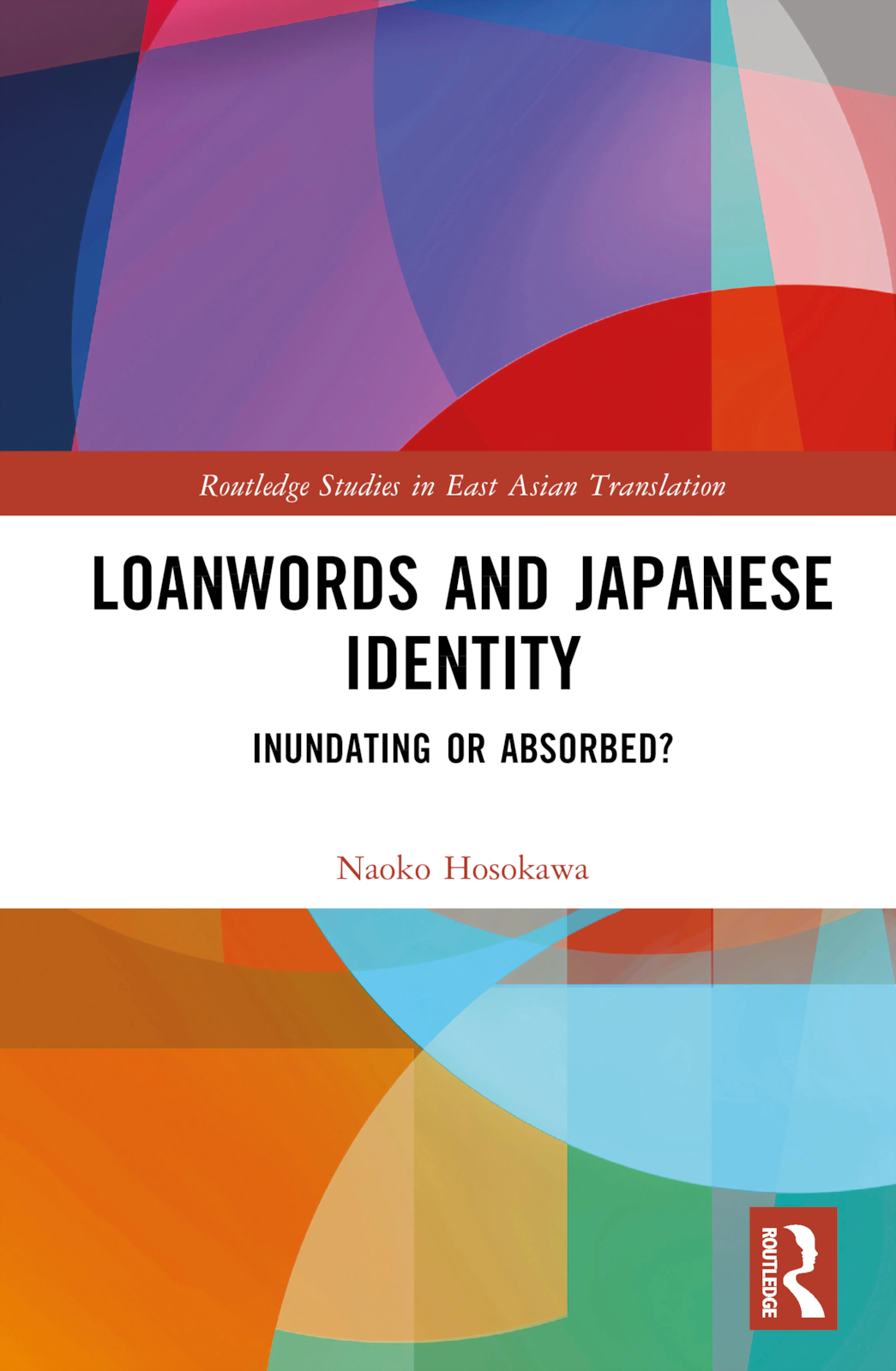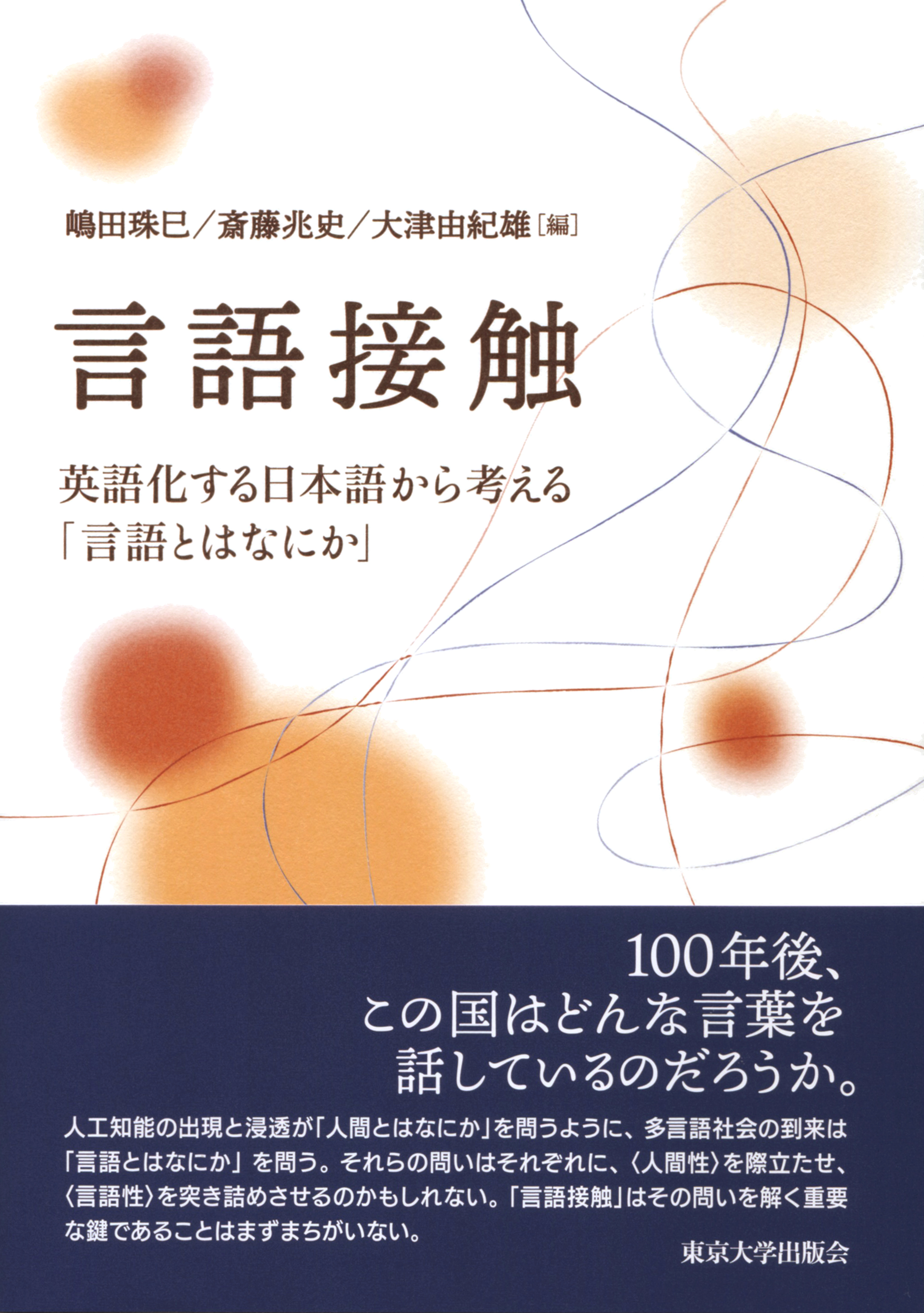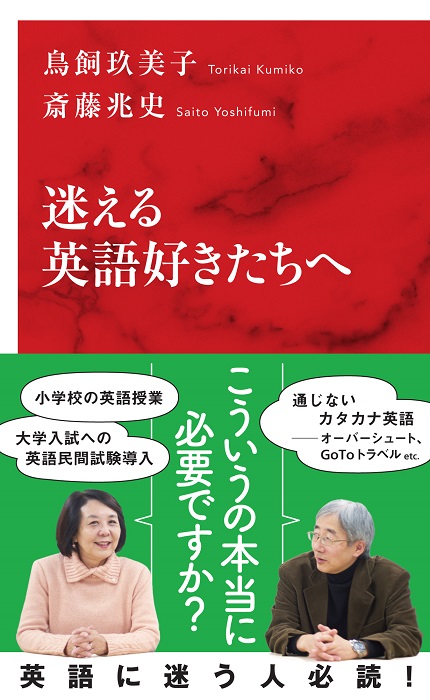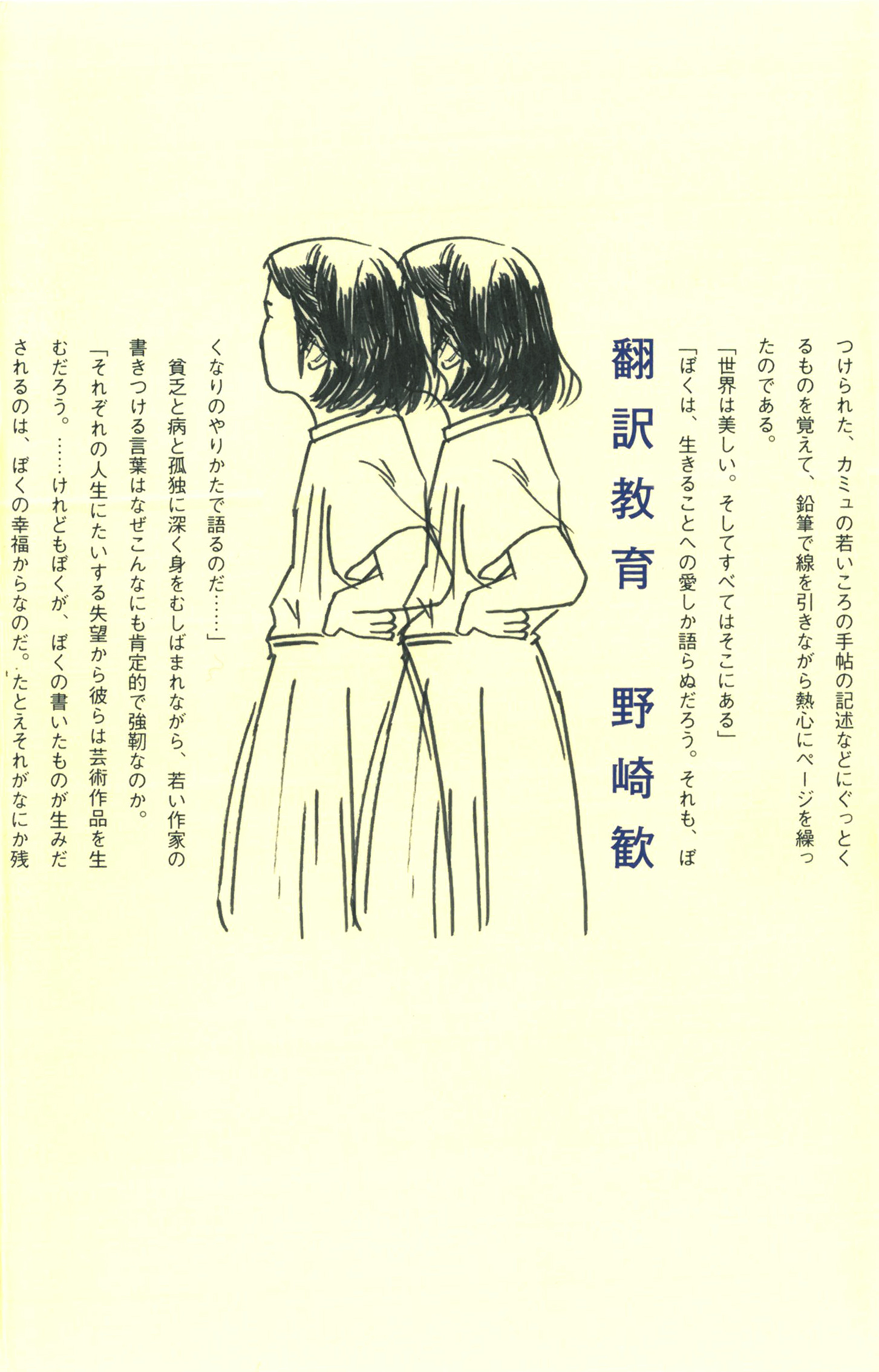
Title
Loanwords and Japanese Identity Inundating or Absorbed?
Size
202 pages
Language
English
Released
February 28, 2023
ISBN
9781032054261
Published by
Routledge
Book Info
Japanese Page
The main objective of this book is to explore the relationship between language and identity through an analysis of public attitudes towards foreign loanwords in contemporary Japanese society. In particular, the book uncovers the process by which language is conceived of as a symbol of national identity by examining an animated newspaper controversy over the use of foreign loanwords. Over the course of its history, Japanese has borrowed a large number of words from other languages. Among them, Western and recent loans are called gairaigo, and the majority presently in use are English-derived. The increasing use of gairaigo is a controversial tropic and there have been fierce debates in various media outlets regarding the possible impacts loanwords may have on the Japanese language. While some see gairaigo as a positive sign of internationalisation, many others consider it a source of linguistic corruption. Why does the gairaigo debate attract so much public attention? By criticising or praising the use of loanwords, what values are promoted by participants in this discussion? Grappling with these questions, and employing the framework of media textual analysis, the book scrutinises contemporary Japanese discourse on loanwords. It places a particular focus on recurrent wordings and metaphors found in the news media, including ‘inundation by gairaigo’ – employed often to criticise the use of loanwords – and ‘absorption of gairaigo’ – employed typically to praise it. The detailed textual analysis of extracts from newspaper articles on the theme of gairaigo suggests that the recurrent expressions have one perspective in common: the contrast between foreign loanwords, as expressed in the word gairaigo (literally ‘language that comes from outside’), and the allegedly pure Japanese language conveyed in the word nihongo (‘the language of Japan’). For example, both ‘inundation’ and ‘absorption’ refer to an action that requires two mutually exclusive entities: ‘inundation (of B) by A (=gairaigo)’ and ‘absorption of A (=gairaigo) (by B)’. In both cases, gairaigo (A) is implicitly contrasted to nihongo as its counterpart. The book identifies the twelve most common expressions that employ this distinction and discusses discursive implications for each expression. It consequently argues that, whether giving praise or criticism, the debate over the use of gairaigo is grounded on the premise that loanwords and the Japanese language are mutually exclusive. Thus, while lexicographically categorised as one of the three major vocabulary groups in Japanese, gairaigo is discursively excluded from the perceptual framework of the Japanese language, thereby playing the role of Other to the Japanese linguistic identity. The book concludes that the fierce debate over the use of loanwords can be understood as a particular manifestation of the ongoing (re-)negotiation of Japanese national identity. Herein, both sides of the debate are rooted in a desire to establish specific understandings of Japaneseness in reference to the otherness loanwords symbolise. Proponents and opponents of gairaigo alike thus are highly reliant upon an imagined national consciousness in their discussion of language. Loanwords represent a foreignness, or otherness, felt within Japanese society.
(Written by HOSOKAWA Naoko, Project Lecturer, Global Leadership Program - GEfIL / 2023)
Table of Contents
1.1 Western Loanwords and Japan Today
1.2 What are Gairaigo and Katakanago?
1.3 Gairaigo Controversies
1.4 Key Questions and Focal Points
Chapter 2: For or Against?
2.1 Language and Identity
2.2: Public Opinions
2.3: Advantages and Disadvantages
2.4: Why the Polemic?
2.5: Gairaigo and Nihongo Dichotomy
2.6: Nihongo and Kokugo
Chapter 3: Inundating or Absorbed?
3.1: Textual Data
3.2: Time Frame
3.3: Method of Analysis
3.4: Recurrent Verbs
3.5: Implications
Chapter 4: Japanese or Foreign?
4.1: Nihongo, the Japanese language, and Gairaigo, Loanwords
4.2: Analysis
4.3: Summary
Chapter 5: What Kind of Loanwords?
5.1: Loanwords as ‘Outside Within’
5.2: Metaphors
5.3: Contrasts
5.4: Evolution of Japanese Identities
Chapter 6: Loanwords and Identity in the Age of Diversity
6.1: French Discourse on Loanwords
6.2: Comparative Observations
6.3: Use of Katakana for Japanese Loanwords Abroad
6.4: From the ‘Outside Within’ to the ‘New Wild’
Related Info
Book Launch “Loanwords and Japanese Identity: Inundating or Absorbed?” (Tokyo Collage | The University of Tokyo 19th Apr. 2023)
https://www.tc.u-tokyo.ac.jp/en/ai1ec_event/8891/



 Find a book
Find a book




